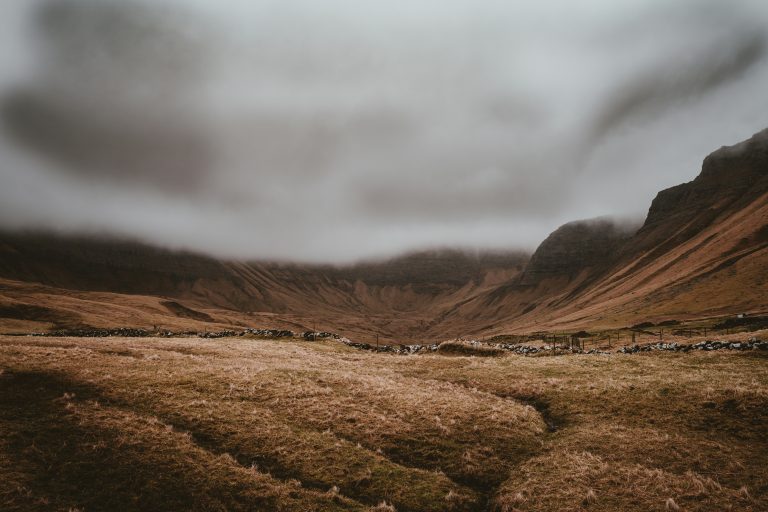Impressions from a trip to the North
On this trip I was fortunately able to escape the gaudy Swiss national day celebrations. The confederative cantons (Eidgenossen) – once named conspirati, oath-takers in the old spiritual league –were beginning to disappear into the far distance. New horizons were opening up. Finland welcomed this traveller. First the good news: Finland is not in NATO, unlike Norway and Denmark. 70% of Finns are against it, even though the Finnish government continually makes efforts to join NATO.
North of the 60th degree of latitude a different climate prevails, and also a different mental climate. From various sides I was referred to the Kalevala, the great epic of the Finns. It spans a greater period of time than all other European myths. It reaches back to the Hyperborean period, when the sun was still united with the earth, when there was yet no separation of the genders and a pure solar impulse prevailed. The Greeks knew that their sun god Apollo visited the Hyperborean regions in winter, which could not be reached either by ship or by land. Delphi was an offshoot of the original Norse mysteries.
It is easier to breathe in the breadth of this spirit. It is no coincidence that the Finn Pekka Ervast invited Rudolf Steiner to Helsinki where he gave the course on the spiritual hierarchies (GA 136). Ervast later wrote the book “The Key to the Kalevala” and wrote a play about H.P. Blavatsky for the 100th anniversary of the birth of H.P.B., which was performed in Helsinki in 1931. Blavatsky is, spiritually, undoubtedly the most important personality in the period prior to Steiner’s work.
A seminar lasting several days with the most attentive participants – including a large number of teachers – devoted itself in the Waldorf School in Helsinki to the many aspects of the impulse and to the world of The Philosophy of Freedom. After all, this was the work that Steiner said would last for millennia.
In parting, I received a magical gift of coloured felt figures from the Mariatta episode in the Kalevala. Heart-warming, like everything beyond the cold Boreas wind in that Hyperborean land …
On the Sunday of our departure, I was able to speak in the Helsinki branch about the second lecture cycle that Steiner gave in that city. I confined myself to speaking about the “Pearl of Clairvoyance” which was described in it in a unique way, and which represents the end of the ancient clairvoyance as well as the beginning of the new, modern clairvoyance (GA 146).
Finland has a great past, but also a great future. May it withstand all forces that seek to suffocate, freeze and dull its spirit!
At the border with Russia no luggage was examined – except for the gift package with the Mariatta figures. And the face of the customs officer, who had perhaps suspected foreign exchange or cocaine, broke into a gentle smile.
I asked my first question to the taxi driver on the way to the hotel: “What do you think of Putin?” The Solomonic reply was: “Better than Yeltsin.”
St. Petersburg was full of tourists. I took refuge in the little-visited Dostoyevsky Museum, which is superbly and carefully equipped. The only large painting was by Holbein’s work The Corpse of Christ, which he painted in Basel. The novel The Idiot is strongly rooted in it, and the exceptionally ugly painting plays a major role in the novel; even Lenin was fascinated by the painting when he visited Basel in 1916.
The Yussupov Palace was a surprise, full of treasures, with a two-story theatre inside the palace, a concert hall and art galleries. The extensive basement floor was once the bachelor apartment of the very wealthy prince, who prince who, in December 1916, invited Rasputin to a supper there. Shakespearean scenes followed. The cyanide did not work. Yussupov then shot him – in vain. Finally, a British intelligence officer, Oswald Rayner, fired the coup de grace. All of this is openly noted in the text that accompanies the exhibition. Rasputin was the major obstacle to the British intentions to carry out the socialist experiment and to liquidate the Tsar’s family. Rasputin’s words were prophetic: “I fear nothing for myself, but I fear for the people and the royal family, for if I am killed, the people will suffer and the Tsar will disappear.”
The liquidation of Rasputin was as base as the ethos of the Kalevala is noble.
A note of reconciliation suddenly sounded in the Eremitage, in the gallery of works by Rembrandt. I stood there as though spellbound, not because of the numbers of people but because of what radiated from the painting “The Prodigal Son”. Is not every person a prodigal son, who can find his way through all his errors and is therefore especially beloved by the “Father”?
In Tsarskoye Selo finally, I had a conversation with a Russian married couple who were publishers, of whom I shall speak further, in front of a statue that was named Perseus. Stars once again arched over the horizon.
T.H. Meyer

